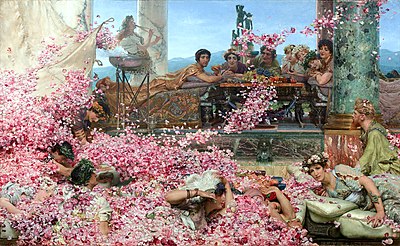La Provence Verte
September 20, 2023
Green Provence is another country. The tawny arable plain painted by Van Gogh gives way, east of Aix and Mont Ste Victoire, to a fresh green (a pale, almost apple green) forest of pines covering endless confused hills. They are Aleppo pines, sinuous, pale-trunked, with needles in pairs, found largely along the Mediterranean coast. Off to the south the Massif des Maures shelters the bays of the Corniche: Le Lavendou and St Tropez. Green Provence keeps going, a forest to the horizon interspersed with insubstantial towns; Brignoles and Draguignan the biggest. Quiet villages of buff and ochre houses are clustered around with olive groves and patches of vines never big enough to suggest an industry.
A lazy little river, the Argens, as silvery as its name suggests, winds slowly east to the Mediterranean at Fréjus. Correns, one of the villages on its course has distinguished itself by being the first commune in France to declare itself entirely ‘Bio.’ I am writing this there, in a little rather stiff-looking chateau facing south down to the river, its wide gravel terrace, dedicated to boules, shaded by magnificent pollard plane trees that could be its contemporaries. They cast huge shadows on its yellow walls and fourteen grey-shuttered windows. Its provincial formality evokes the novels of Flaubert and Balzac. What domestic dramas, what frustrated passions have its tall ceilings seen, and heard the slamming of its panelled doors?
An amphitheatre of low hills forms a barrier to the dreaded Mistral cutting down from the north. The forest here burned a few years ago, laying bare a pattern of buff stone terraces, gradually greening as the maquis takes over again. The house and garden sit on three steep-terraced levels, their stillness tinkled into life by the spring that must have inspired the builder to settle here.
The flora of a Provencal garden is predictable; a reassuring sameness of olive and vine and almond, fig trees and plane trees. In old properties the plane trees are multi-stemmed monsters mottled yellow and grey. Dark cypresses can be either the classic rocket shape or branchy and nondescript. In this garden they vary from nondescript to so severely, tightly, narrow it is hard to believe no wire corset is involved. Rosemary, lavender and cistus are the predominant low shrubs. A belt of grey olive trees surrounds the garden. Then the green monotony of vines.
 A Splash in the Pant: Richard Bawden drew the infant Blackwater
A Splash in the Pant: Richard Bawden drew the infant Blackwater
 I’m wondering whether to get the locals round to have a grand tomato harvest and pick all four in one day. Maybe bonsai tomato-growing is not the ideal, but this year it just happened. I forgot to pot them on from a four-inch pot; they looked sweet on the bench next to a pansy and the heliotrope I keep for an intoxicating sniff now and then. Now those little red globes are beckoning. Is home-grown produce really the best?
I’m wondering whether to get the locals round to have a grand tomato harvest and pick all four in one day. Maybe bonsai tomato-growing is not the ideal, but this year it just happened. I forgot to pot them on from a four-inch pot; they looked sweet on the bench next to a pansy and the heliotrope I keep for an intoxicating sniff now and then. Now those little red globes are beckoning. Is home-grown produce really the best?




